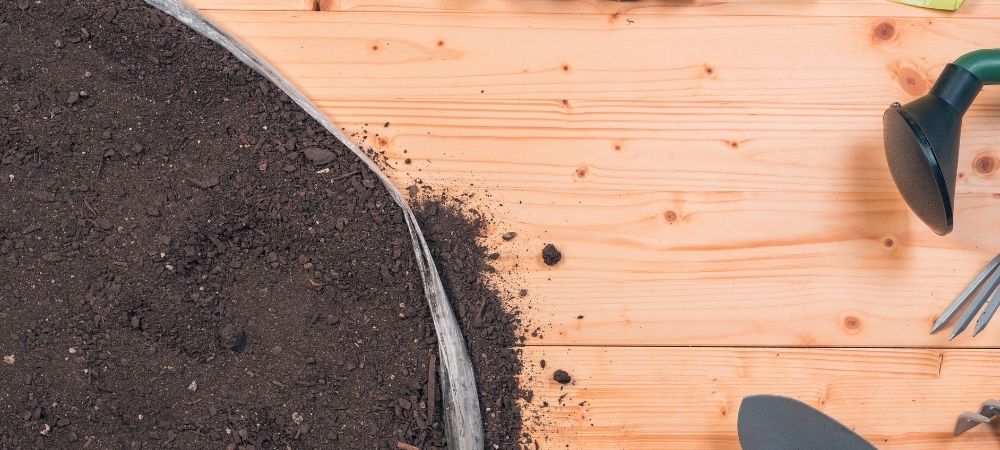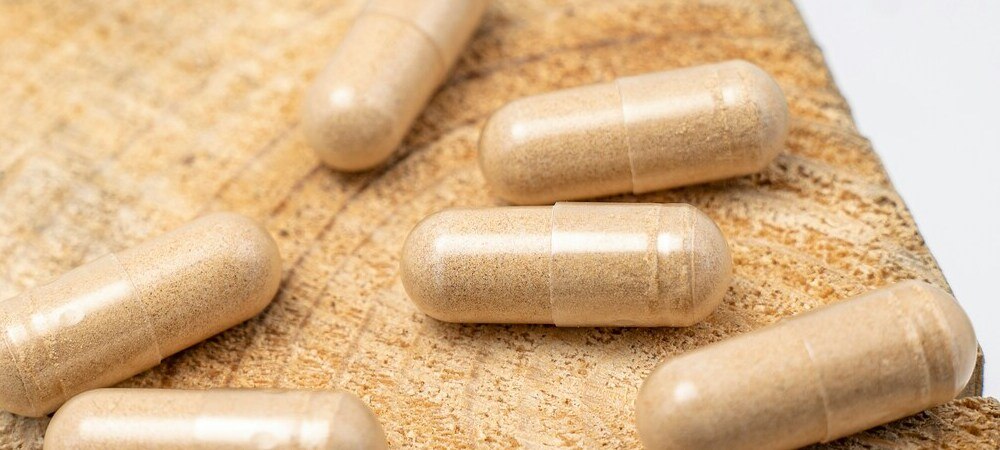The presence of bugs in potting soil is a common issue for many plant enthusiasts. These bugs can come in various types and sizes, potentially harming both marijuana and hemp plants’ health and affecting their growth and production. To understand why they appear and how to get rid of them, here’s everything you need to know.
How to Identify Bugs in Potting Soil
When it comes to potted plants, it’s common to find a wide variety of insects living in the soil. Some of these bugs are beneficial to plant health, while others can be harmful.
Beneficial Insects
Some insects are beneficial to plants, as they assist in pest control and enhance soil quality. These include:
- Earthworms: These insects help aerate the soil and break down organic matter. Their excrement is nutrient-rich and serves as food for plants.
- Predatory Mites: These feed on other harmful insects like red mites and whiteflies.
- Ladybugs: Natural predators of aphids, a common plant pest. They also consume other harmful insects.
Harmful Insects
Other insects can harm plants as they feed on them or transmit diseases. Some of these include:
- Red Mites: Feed on plant sap and can cause severe damage if not controlled. They can also transmit diseases and weaken plants.
- Whiteflies: Common pests that feed on plant sap, weakening the plants and potentially transmitting diseases.
- Aphids: Another sap-feeding pest that can weaken or transmit diseases to plants.

It’s important to correctly identify the insects in your potting soil to take appropriate measures for control.
Causes of Bug Infestations
Bugs in potted soil are a common issue and can be caused by various factors, including:
- Contaminated Soil: Soil contaminated with pesticides or chemicals can attract bugs. Pesticides can kill beneficial insects that control harmful bugs, allowing them to multiply unchecked.
- Overwatering: Bugs thrive in moist environments, and excessive watering can create such conditions, leading to rapid reproduction.
- Lack of Sunlight: Insufficient sunlight can make the soil damp and cool, attracting bugs that prefer such environments.
- Decomposing Organic Matter: Bugs can multiply quickly when feeding on decaying organic matter.
- Poor Aeration: Soil compactness and moisture retention can attract bugs.
Symptoms of Bug Presence
When there are bugs in the potting soil, plants may display various symptoms, including:
- Yellow or brown leaves that drop from the plant.
- Spots or discolorations on leaves.
- Premature wilting or falling of flowers.
- Slower or halted growth of plants.
- Dusty or white appearance on the potting soil.
- Tiny holes in leaves or potting soil.

If you observe these symptoms in your plants, there may be bugs in the potting soil, and it’s important to take prompt action to prevent them from spreading and causing more significant damage.
Regularly inspecting potting soil for bugs and practicing good hygiene can help prevent infestations. Additionally, avoid overwatering and ensure proper plant care.
How to Eliminate Bugs in Potting Soil
To keep your plants healthy and strong, it’s crucial to control bugs in the potting soil. Here are some methods:
Natural Methods
Natural methods are safe and effective for controlling bugs in potting soil. These include:
- Biological Control: Introducing natural predator organisms into the garden can help control bug populations.
- Diatomaceous Earth: It’s an effective pesticide and a great soil conditioner. Ensure proper dosing when using it in potting soil.
Chemical Methods
Chemical methods are more aggressive and effective for bug control:
- Pesticides: Effective for most insects but can be harmful to health and the environment.
- Pest control products like neem oil and insecticidal soap: Safer options than chemical pesticides, these can help control bugs in potting soil.
Preventing Bugs in Potting Soil
To prevent future bug infestations in potting soil, consider the following recommendations:
- Use Sterilized Soil: Purchasing sterilized soil or sterilizing it before use can help prevent pest and disease presence.
- Inspect Plants Before Purchase: Examine plants before buying to ensure they don’t show signs of pests or diseases.
- Maintain Good Drainage: Avoid overwatering and ensure adequate root ventilation.
- Use Organic Compost: Organic compost can help maintain a natural balance in the soil, preventing pest and disease issues.
- Replace Old Soil: Periodically replace old potting soil to prevent bug and disease accumulation.
By following these preventive measures, you can significantly reduce the risk of future bug infestations in potting soil. If they do appear, it’s important to identify them and use appropriate pest control methods to get rid of them without harming plant health.
 Personalized attention +34 96 206 62 98
Personalized attention +34 96 206 62 98 SHIPPING TO ALL
SHIPPING TO ALL  9/10 Rating
9/10 Rating Discreet shipping
Discreet shipping







2 replies on “Bugs in the Potting Soil? Learn Gow to Get Rid of Them”
Hi, do you have blue alien weed in stock?
Hi. Unfortunately, we do not have that weed strain. Sorry for the inconveniences. Kind regards!